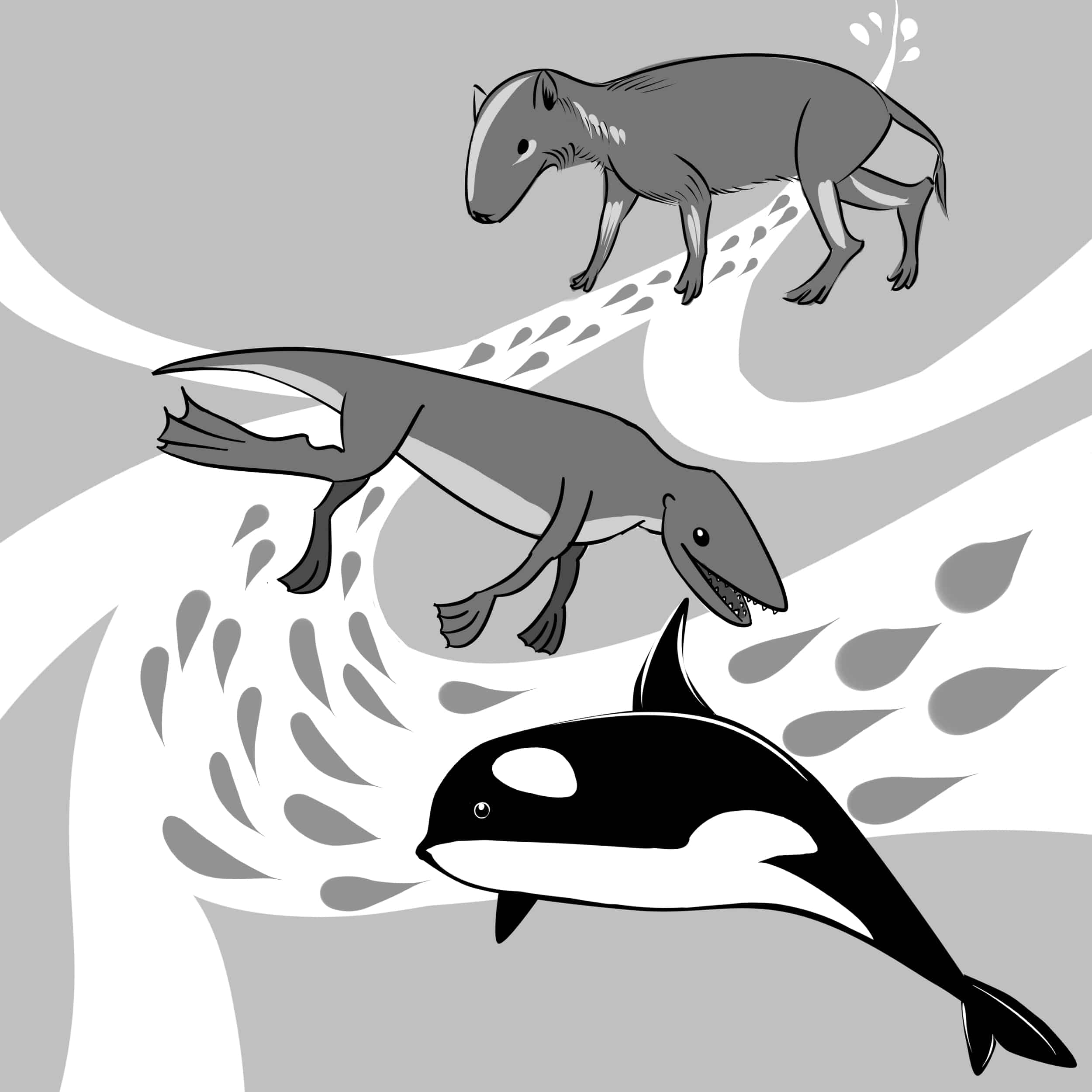The University of Toronto is taking on an ambitious theme as it hosts the first-ever Toronto Science Festival later this month: Life in the Universe. The major benefit of choosing such a broad theme is that people from all scientific backgrounds can contribute to its exploration. From a biological perspective, the knowledge that we already have of how life has developed and evolved on Earth can be used to speculate about how other life forms might evolve elsewhere in the universe. This idea will be discussed in depth at a Toronto Science Festival panel, which will include faculty members from U of T’s Department of Ecology and Evolutionary Biology.
Carl Sagan has undoubtedly made a significant contribution to our understanding of the possibilities for the evolution of life beyond Earth. In his award-winning television series Cosmos: A Personal Voyage, Carl Sagan discusses organic molecules as the building blocks of life, the potential for different life forms to develop in the universe, and what types of life forms might exist.
Organic molecules are not life in and of themselves, but are the ingredients needed to create life. Wherever organic molecules exist, the potential for life also exists, provided that the environmental conditions are suitable. The same organic molecules that produced life on Earth are also present throughout the rest of the universe, where it is highly likely that life has developed at least once.
An important question we must ask in our search for life beyond our planet is what exactly life is. In the evolution of life on Earth, there is a tendency towards greater complexity in life forms. Does this mean that the simplest life forms are not considered life? It is important to consider whether the same rules and patterns of evolutionary biology on Earth apply to the rest of the universe. Sagan mentions three possible types of life forms in Cosmos that, based on our own understanding of chemistry and physics, could exist in the universe: sinkers, floaters, and hunters. Sinkers are tiny organisms that live in different layers of the atmosphere, floaters are vast living balloons, and hunters are life forms that eat floaters for their organic molecules and hydrogen. While Sagan explains that these are the life forms he only imagines to exist, he emphasizes that we cannot expect nature to follow our speculations. Differences in environmental conditions, and the random character of evolutionary processes, could create life forms that don’t look like anything we have ever seen before.
A group of scientists will tackle similar ideas in the panel on the origin and evolution of life on earth on September 28, 2013 at 1:30 pm. The panel will include plant evolutionary biologist Spencer Barrett, paleontologist David Evans, evolutionary genomicist Stephen Wright, and evolutionary development biologist Cassandra Extavour, and will be moderated by science journalist Jennifer Carpenter. The festival will screen the film Contact, based on Sagan’s novel of the same name, on September 29, 2013 at 1:30 pm inside Innis Town Hall. The Toronto Science Festival runs September 27-29, 2013.



